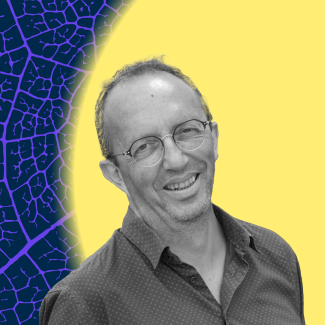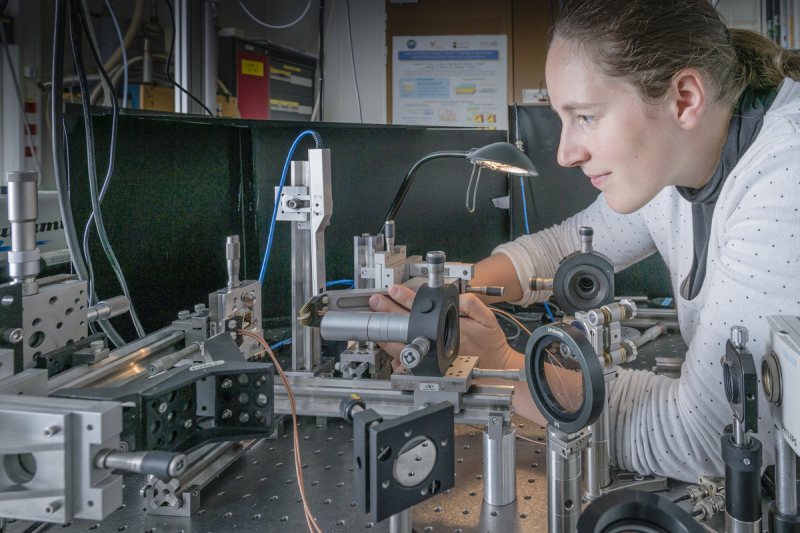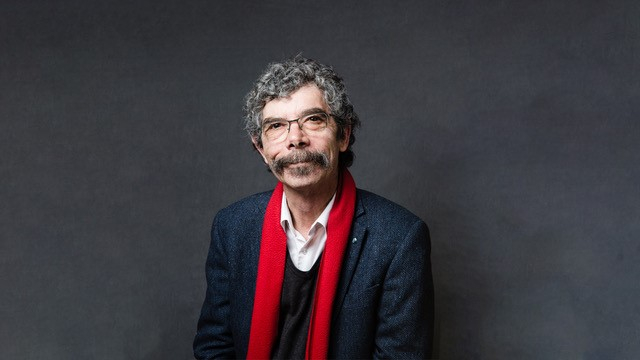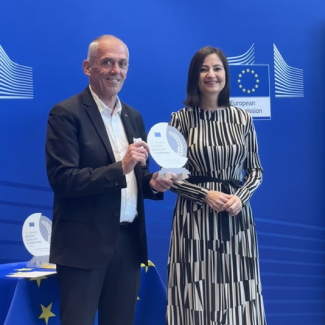
The Passing of Jean-Yves Marzin, Builder of Nanotechnology in France
Over the course of forty years, Jean-Yves Marzin worked towards structuring French nanoscience, from the Laboratory of Microstructures and Microelectronics up through directing the CNRS Institute for Engineering and Systems Sciences (today CNRS Engineering).
“It is with great sadness that we learned of the passing of Jean-Yves Marzin, who directed the CNRS Institute for Engineering and Systems Sciences (INSIS) for 9 years. We will not forget his talents as both a visionary and an organizer, which he placed in the service of physics and engineering throughout his long career. His deep commitment to the common good, combined with his keen intelligence, made him a memorable figure in our institution.” Those were the words of Lionel Buchaillot, the current director of CNRS Engineering, as he paid tribute to his predecessor, who passed away on 29 November 2023.
From Telecommunications to Nanotechnology
Marzin proved to be a visionary beginning with his time at the university. After studying at l’École Polytechnique and then at l’École nationale supérieure des télécommunications, this native of Angers completed a post-graduate degree in Solid-state physics at l’université Paris-VII/Paris-XI, and later completed a doctorate on the “Effects of deformations on the optical properties of constrained super-networks based on III-V semiconductors,” which he defended at l’université Paris-VII on 16 October 1987.
A few years after completing his doctorate, Marzin joined the French National Centre for Telecommunications Research (CNET) in Bagneux. He initially led the Optics, Physics, and Microstructures Group, and in 1994 directed the Quantum Optical Devices Department. A passionate young physicist, he conducted pioneering experiments on semiconducting quantum boxes, actual artificial atoms that can emit photons one by one. This extraordinary research is still used today in the development of quantum technology.
In 1996 he joined the CNRS as a Senior Researcher, serving as the director of a CNRS unit, the Microstructures and Microelectronics Laboratory (L2M), which was home to the CNRS’s very first micro-nanotechnology fabrication platform. Sensing the emergence of a new field of research, the former telecommunications specialist turned toward nanotechnology.

A builder of nanoscience in France
In 1997 the CNRS created a new entity at the Alcatel company’s site in Marcoussis (Essonne), the Laboratory for Photonics and Nanostructures (LPN), which combined the forces of CNET and L2M. During his time at L2M, Marzin revealed his talents as a builder, and helped create the future laboratory by leading its real estate project (among other things the construction of 1000m2 of cleanrooms) and subsequent move, before ultimately directing the LPN in Marcoussis from its creation in 2001 up through 2011.
All while directing this pioneering research unit in nanotechnology, Marzin was highly involved from 2002 onward in structuring the field on the national and European level. He successively served as a management member of the CNRS’s Nanoscience-Nanotechnology Interdisciplinary Research Programme; the Coordinating Committee of the French National “Nano” Programme involving the Ministry of Research, the CEA, and the CNRS; and finally as the President of the Assessment Committee for the ANR’s Clean Nano Programme. He helped implement the ANR’s Basic Technological Research Programme between the CEA and the CNRS, which served as the beginnings for the French Nanofabrication Network Renatech, as well as the creation of six C’Nano Research Groups. He was also highly involved in creating the "Physics Triangle" Thematic Network for Advanced Research and the Labex NanoSaclay.
In 2006, following Alcatel’s sale of its Marcoussis site, the laboratory had an opportunity to change scale and become a national reference in nanoscience and nanotechnology. In 2007, following an intense effort by Marzin to convince his supervisory authorities, the presidencies of the CNRS and l’Université Paris Sud decided to merge the LPN and the Institute of Fundamental Electronics (IEF) in Orsay and relocate them to the Plateau de Saclay near l’École Polytechnique. This resulted in the largest national academic centre in nanoscience and nanotechnology. Alongside the successive leadership of the IEF, Marzin worked tirelessly for C2N by defining its scientific project in 2009, by including it within new tools for investments for the future (Labex NanoSaclay, NanoInnov plan, Idex Saclay, etc.), by defending its funding (96M€ in total), and by exchanging with all partners involved (CEA, ONERA, École Polytechnique, Université Paris-Saclay). The resulting Centre for Nanoscience and Nanotechnology, which was officially created on 1 June 2016, moved into its new building at the heart of the Campus Paris-Saclay in 2018. Today the C2N is home to the largest academic micro-nanofabrication facility (2,900m2), in addition to cutting-edge scientific activities in the fields of materials science, nanotechnology, nanophotonics, nanoelectronics, nanobiotechnology, and microsystems.

Representing the CNRS in France and abroad
In addition to his years spent on the scientific construction and leadership of laboratories, Marzin took part in the CNRS’s organisational life via numerous bodies: competition juries, various working groups, and the presidency of unit assessment committees, among others. It was therefore quite natural for him to be appointed on 17 February 2013 as the Director of INSIS, which he directed until his retirement in 2022. In addition to leading his institute’s scientific community, the INSIS director represented the CNRS with its partners, as a member of various scientific boards (ENSAM, CentraleSupélec, etc.), and as the referent scientific director of Aix-Marseille Université, Université Côte d’Azur, Université Centre-Limousin-Poitou Charente, and later Sorbonne Université and HESAM.
With his ability to build networks, Marzin fully invested in the 2019 launch of CNRS@Create in Singapore, the CNRS’s first subsidiary abroad. Simultaneously a programme operator and a site for establishing collaboration in integrated research at the Campus for Research Excellence and Technological Enterprise (CREATE) of the Singapore research funding agency, this first CNRS subsidiary is central to the organisation’s new international strategy. At its inauguration, Marzin already imagined “the research programmes of CREATE, based on the scientific excellence and research priorities of Singapore, could be conducted in partnership with the French industrial presence in Singapore, as the large majority of French groups have subsidiaries in Singapore.”
The CNRS Chairman and CEO will remember the former director of INSIS (today CNRS Engineering) as “a likeable and warm colleague with whom it was pleasant to discuss scientific subjects…and non-scientific ones as well. Jean-Yves was also a builder, a visionary who always had the collective interest, and that of the CNRS, foremost in his mind. He played an essential role in developing INSIS as well as maintaining constructive relations with other institutions, along with fruitful interactions between academia and industry. The CNRS owes him a great deal. On a human level, I am very sad to lose a professional friend with whom I began working 20 years ago on the CNRS Management Committee.”



